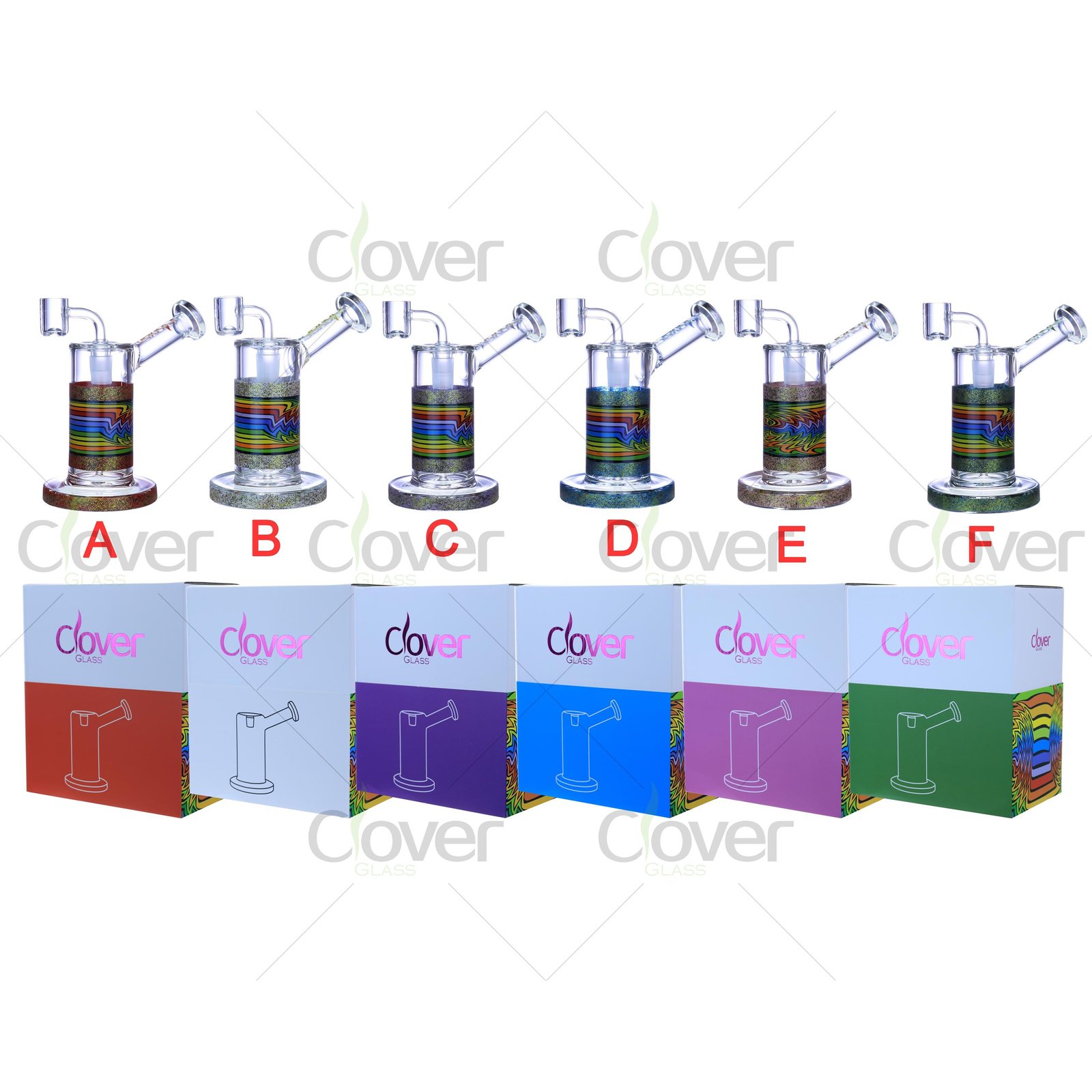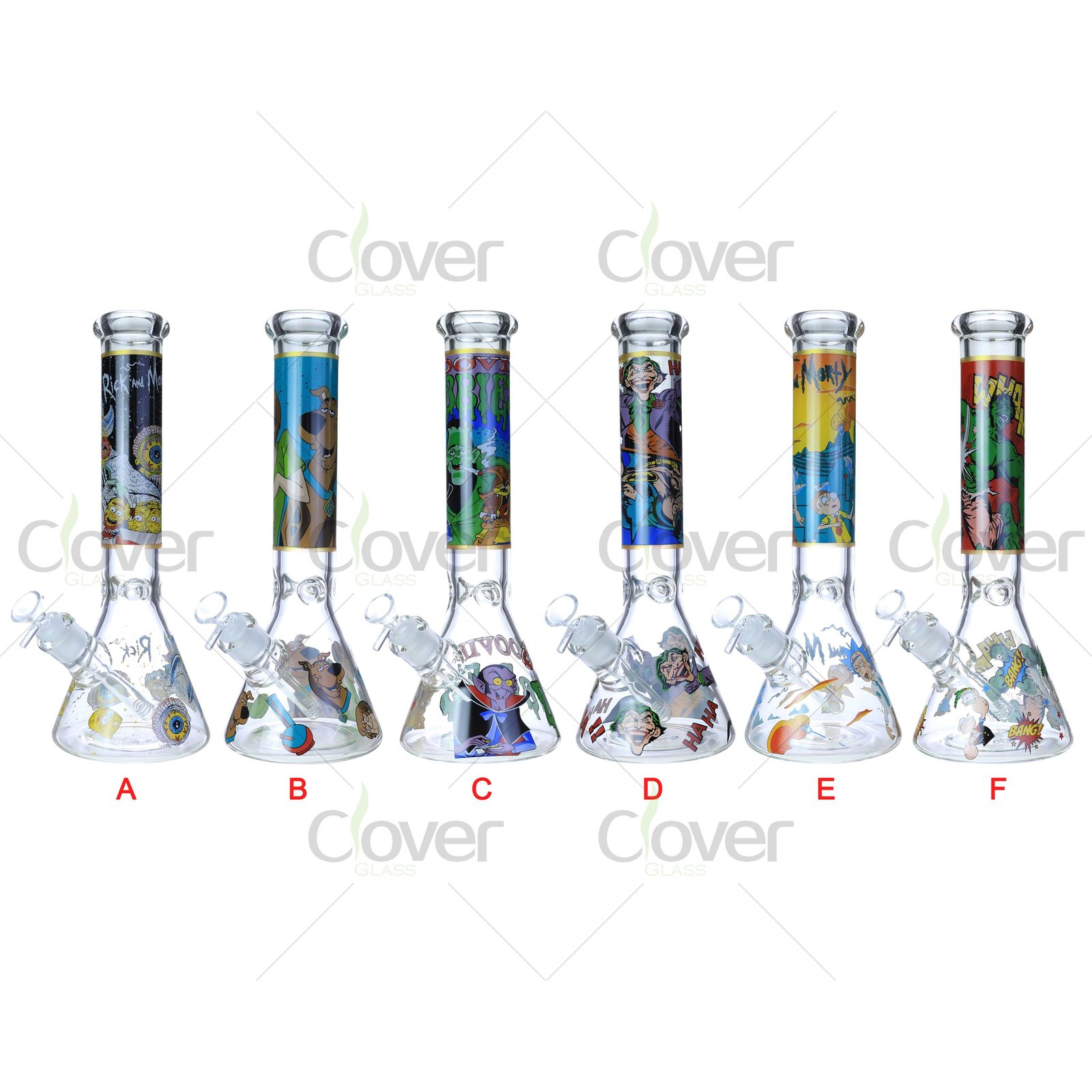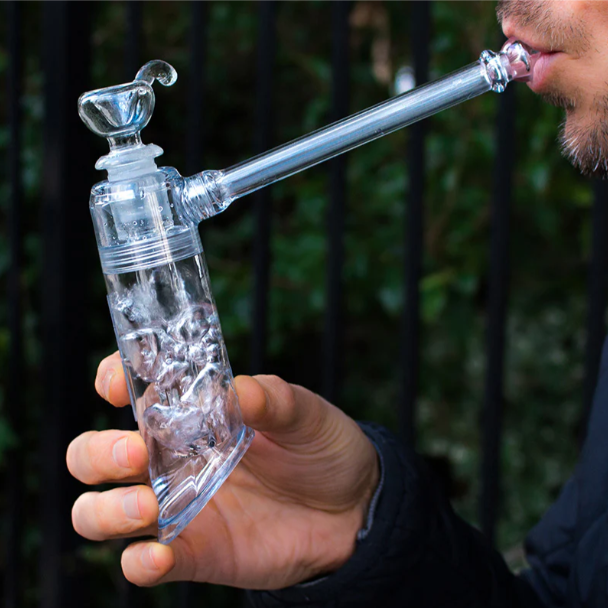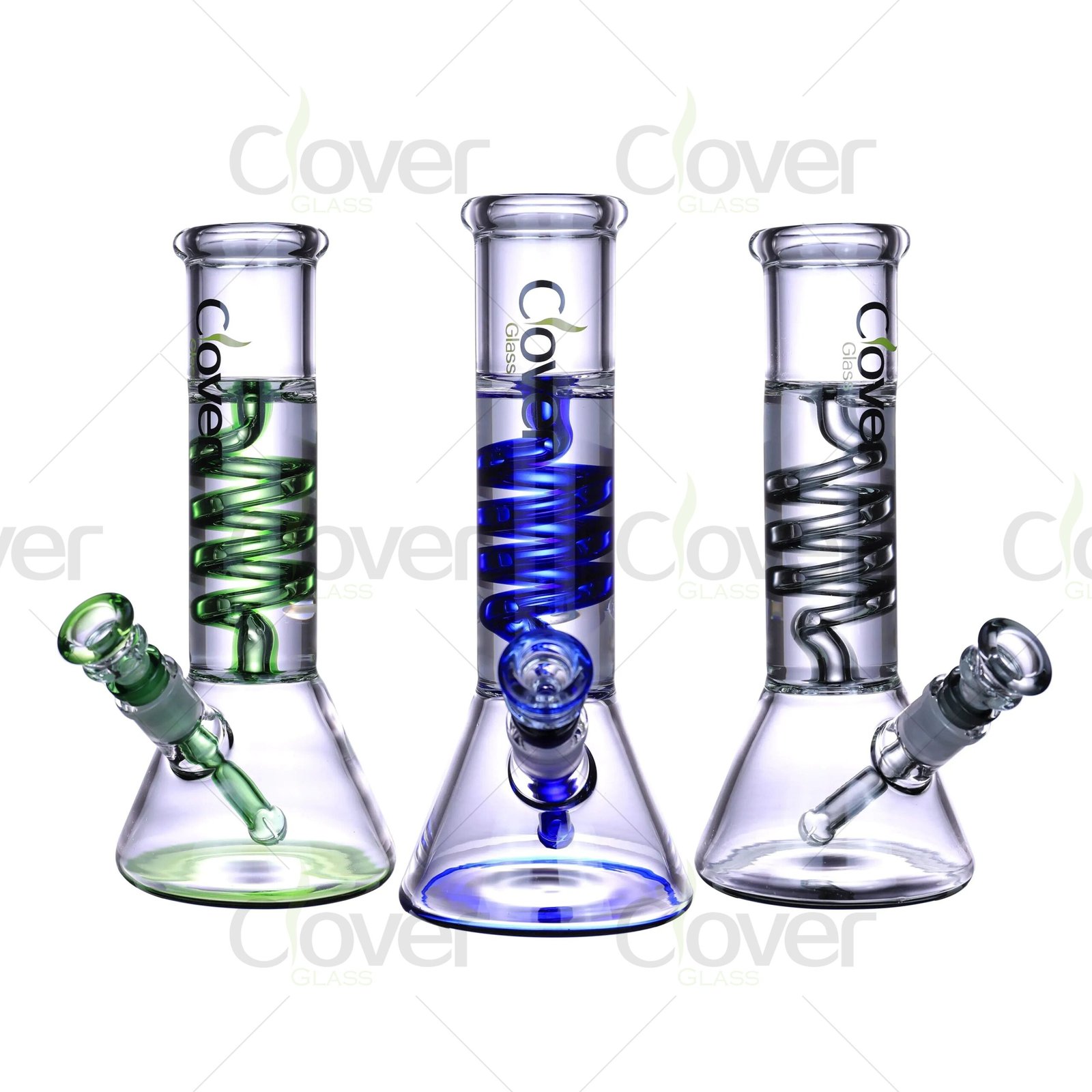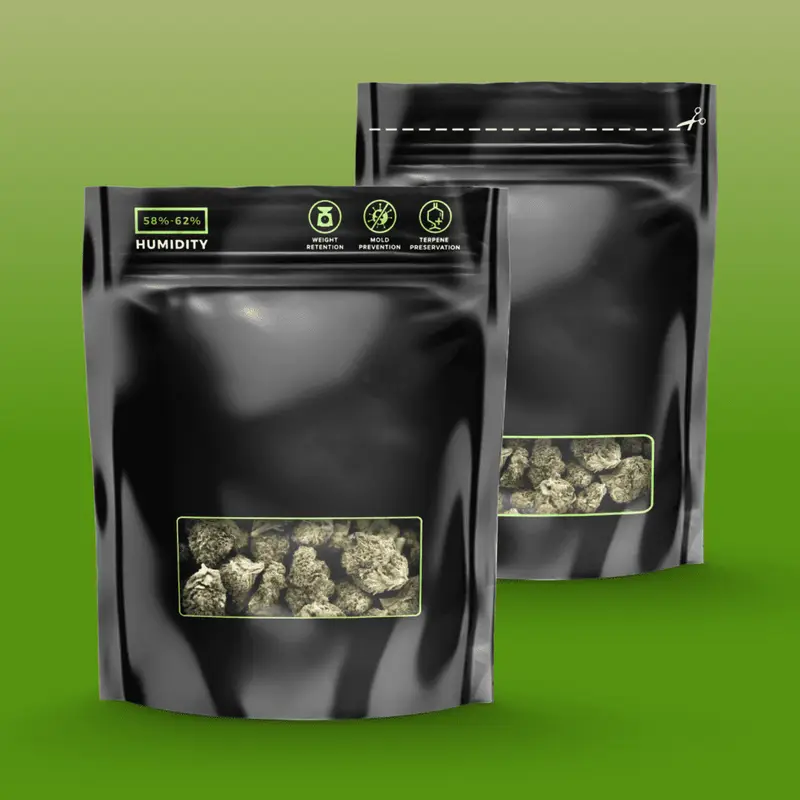When an icy bong rip feels like silk, it’s easy to believe the water is “cleaning” the smoke for you. But is that smoothness real science or just wishful thinking?
Water filtration in glass pipes cools and condenses some tar-laden particles, yet it only partially removes toxic gases such as carbon monoxide and volatile organics. Studies show filtration can cut particulate matter by 15-40 percent, but most gaseous toxins sail straight through. National Institutes of Health review
Let’s dig into what the water really does—and what it doesn’t.
What chemicals actually stay behind when smoke meets water?
Even a quick pull forces smoke through a bubbling maze where larger, water-soluble particles collide with liquid and stick.
Roughly one-third of tar, ash, and heavy metals are captured in the first few seconds of bubbling; soluble aldehydes follow, but gases like CO barely budge. NIH toxicant comparison study
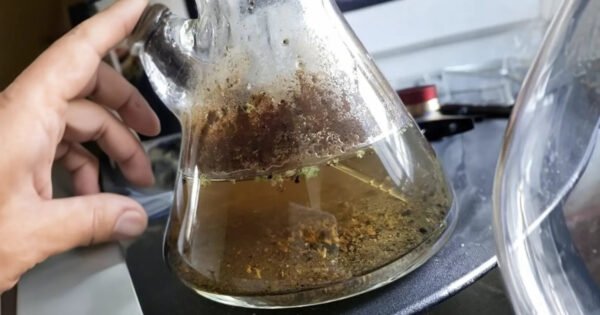
The physics under the glass
| Process | What happens in milliseconds |
|---|---|
| Diffusion | Hot smoke mixes with cooler water vapor, slowing velocity |
| Condensation | Heavy hydrocarbons form droplets that cling to bubbles |
| Adsorption | Dissolved compounds adhere to the water’s surface film |
Why the gas phase slips through
Gases are tiny and non-polar; they don’t “wet out” on water, so they shoot up the neck untouched. That’s why lab readings still find elevated CO and benzene in bong smoke, despite murky water below.
Does water filtration significantly lower toxicant exposure?
Filtration helps, but it is not a free pass—bong smokers still inhale nicotine and CO at levels comparable to cigarette users. EPA Filtration Facts
Key takeaways
- Particle-size drop: Water knocks down PM2.5, the scratchy stuff that makes you cough.
- Gas plateau: CO reductions hover under 5 percent in most lab trials.
- User behavior: Bigger, slower pulls can offset gains because you simply inhale more volume.
How does percolation geometry change cooling and flavor?
More percs ≠ better by default. Each chamber adds drag that can dilute terpene aroma if the smoke stays submerged too long.
Multi-hole diffusers cool smoke by an extra 50 °F, but three-stack towers can shave terpene content by up to 20 percent, trading flavor for comfort. EPA drinking-water technology overview
Dialing in your setup
- Single tree perc: Quick burst of cooling, preserves taste.
- Honeycomb + recycler: Great for concentrates—max cooling with minimal splashback.
- Ice pinch: Cheap thermal drop, but watch condensation; it can trap odor.
What’s the ideal water level and temperature?
Aim for ½ inch above the downstem slit and water just below room temperature; colder isn’t always better because extreme chill numbs the throat but condenses fewer toxins. EPA PFAS treatment research
| Water Temp | Particle Reduction | Flavor Retention |
|---|---|---|
| 5 °C / 41 °F | ★★☆☆☆ | Mild |
| 18 °C / 64 °F | ★★★★☆ | True |
| 30 °C / 86 °F | ★☆☆☆☆ | Dull |
(Stars are relative lab averages from published filtration studies.)
Common mistakes that sabotage filtration efficiency?
Over-filling, dirty water, and ripping too fast negate most benefits—fresh water and steady pulls are your cheapest upgrade. National Academies of Sciences report
My quick no-fail checklist
- Change water every session. Old water becomes a toxin soup.
- Mind stem depth. Too deep = extra drag, too shallow = poor diffusion.
- Don’t over-ice. Ice shards can crack glass or block airflow.
- Clean monthly. A salt-and-alcohol shake keeps biofilm from growing—yes, bacteria thrive in stale bong water.
Conclusion
Water in a glass pipe is a useful first filter, not a magic eraser. Keep it fresh, pull steady, and remember: smooth doesn’t always mean safe.
